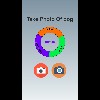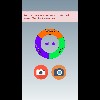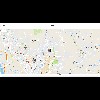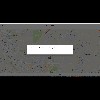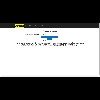About Hella Amazing Race
What's better than the Amazing Race - a Hella Amazing Race. Hella Amazing Race is our interpretation of how races should be conducted in unfamiliar parts of town; Races should include content awareness for it's path and surroundings.
Our app allows users to create races by picking specific destinations by checkpoints utilizing Google Places and allows users to compete amongst themselves real-time. In order to make things interesting, the application requires the racers two forms of checkpoint validations:
- Geolocation vicinity from destinations
- Photo Recognition based on desired input
Tech Stack: MongoDb, Express, React, Node.js
Web Technologies: React Router, Bluebird, Google Maps, Pubnub, WebRTC, Material UI
Api: Google Maps, Google Cloudvision, Google Places, Facebook
